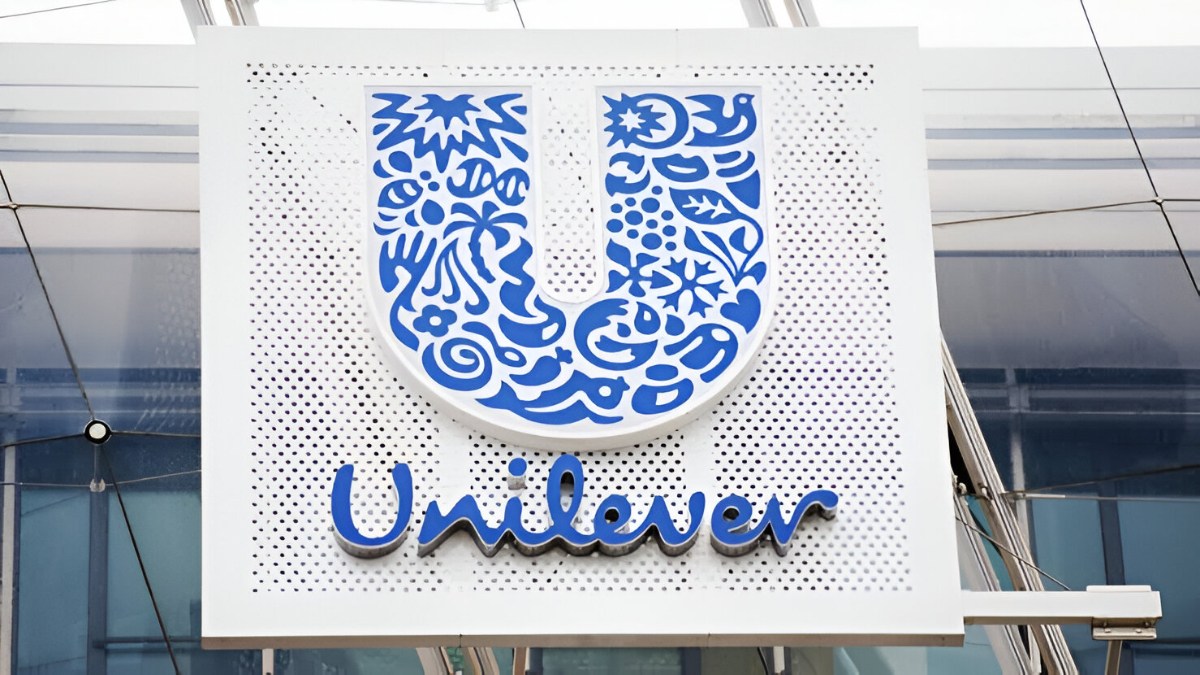How the falling rupee is benefiting poor NRI labourers in the Gulf?

A visit to any of the Gulf Cooperation Council (GCC) countries and you could see a life in stark contrast. On the one hand you could see a number of Lamborghini’s and Bugatti’s swirling past you and on the other you could see poor Indian labourers slogging it out in blistering temperatures that could sometime touch 52 degree celcius.
One common topic that you often hear these set of labourers in the GCC discussing is, “What is the exchange rate today?” These labourers want to know how much Indian rupees they would get for the local currency they earn in the GCC region, whether it’s the Saudi rial, Omani rial, the Qatari rial, Kuwaiti dinar or the Emirates dhiram. They often tend to send money home when they get better rates in rupees for the local currency they tender.
Now, how much they get depends on the dollar movement against the rupee. If the rupee loses against the dollar, these labourers in the Gulf region tend to get more for their rials and dhirhams, since the local currencies in the Gulf countries are pegged to the dollar.
For example, when the Indian rupee was at 46 against the dollar, one Omani Rial was fetching just Rs 117. Now, with the rupee at 53 against the dollar, one Omani rial is fetching almost Rs 136. Similarly, for the other currencies in the Gulf region.
Now, a poor Indian labourer can get about 150 Omani rials in wages (food and accommodation is generally taken care of). An almost Rs 20 difference due to the currency depreciation means he has an extra income of Rs 3000, which in his precarious condition can make a big difference.
The same goes for those working in other markets. For example, about 8-10 months back one could get just about Rs 12 against the Qatari rial, today, it is fetching more than Rs 14.
Over the last six months to eight months the rupee has dropped sharply from 45 to almost the current level of 53 against the dollar, as India's fundamentals have started weakening. This has benefited a lot of NRIs, particularly those who are not in the upper echelons, who have seen the currency depreciation translating into gains of 15-20%.
Today, there are five million Indian employees in the Gulf countries, most of whom are labourers and they couldn’t care less of weakening economic fundamentals and a weakening Indian rupee.
Goodreturns.in
































